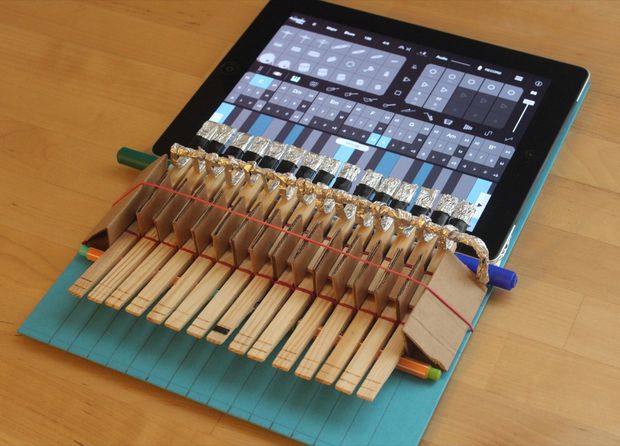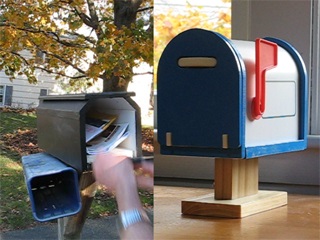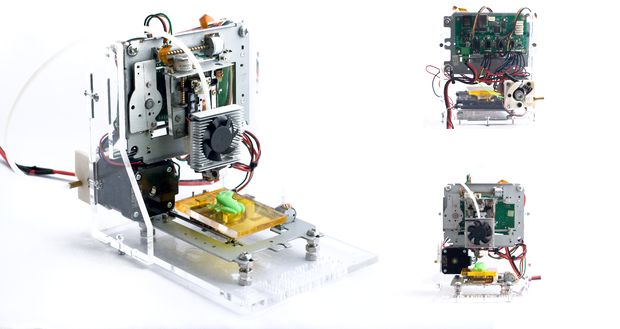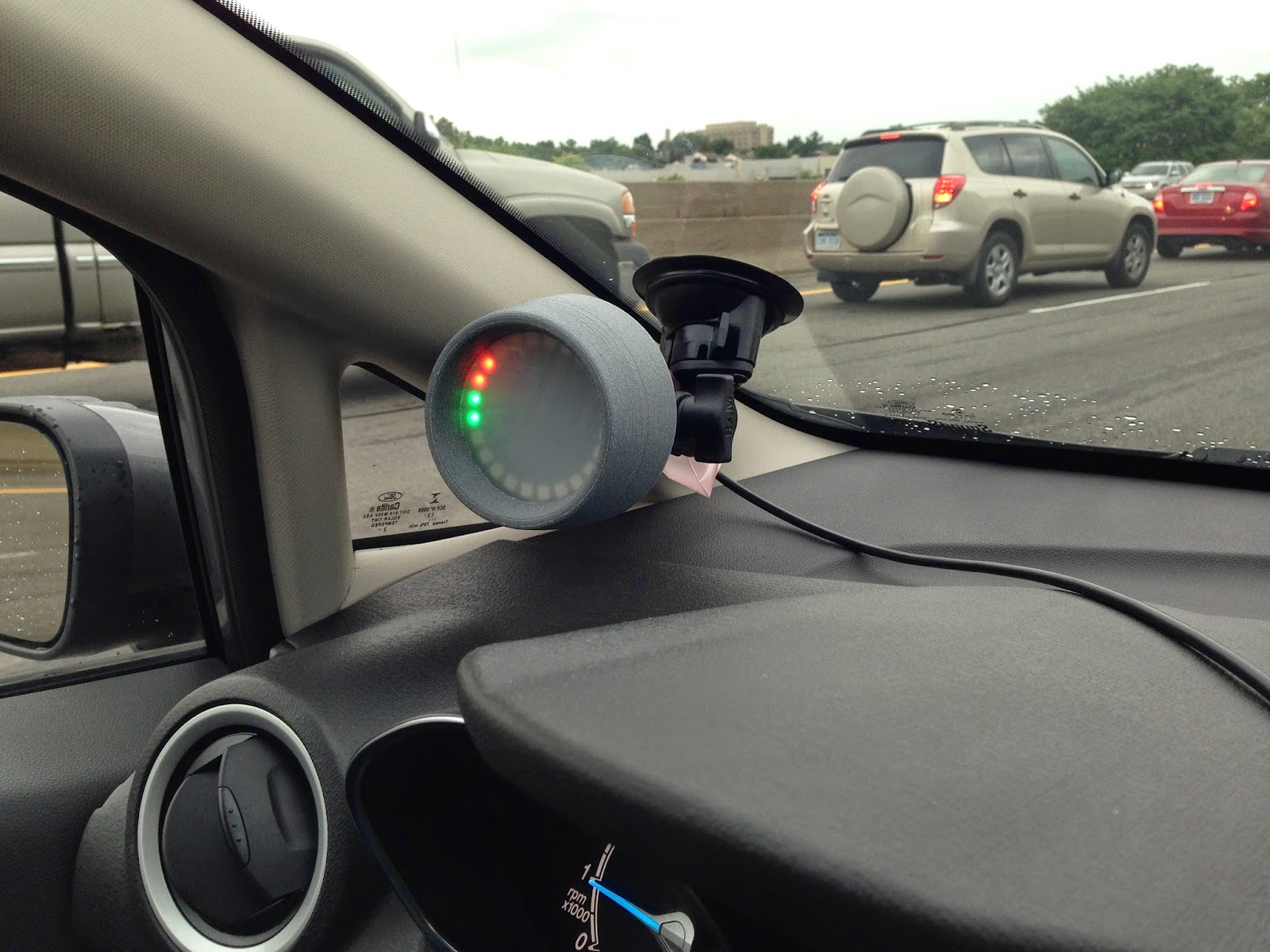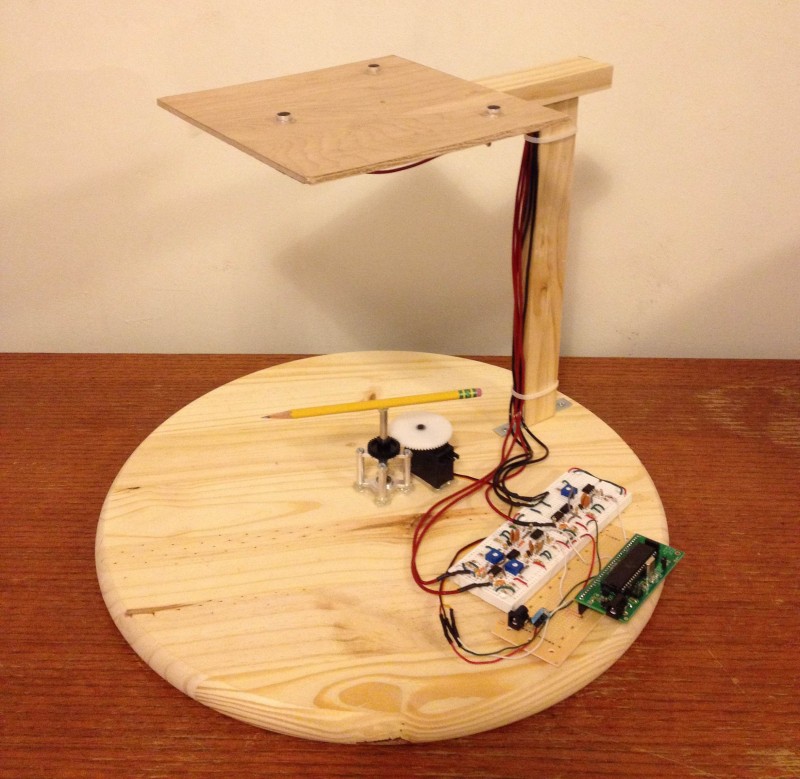DIY Clothespin Piano for the iPad
 This DIY Clothespin Piano is a fun project by adamkumpf from fiddlewax that will give you small physical piano keys to let you play songs on your iPad without tapping the screen with your fingers. “Touchscreens are great, but when it comes to playing music on them, the lack of physical keys can be a drag. So I decided to round up some household stuff and make a piano

